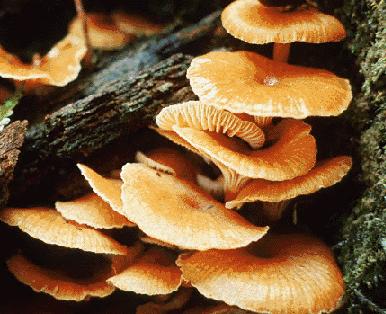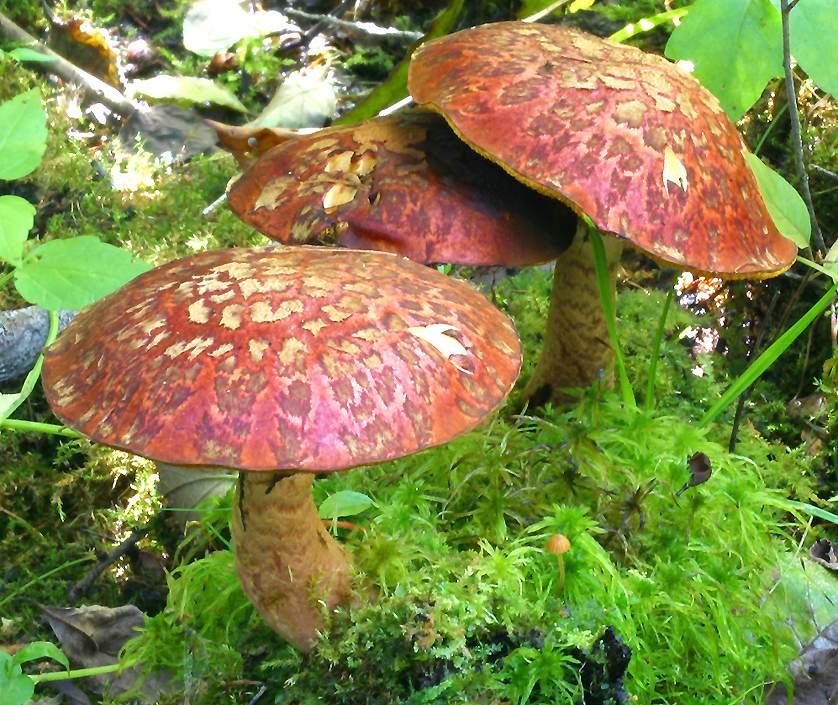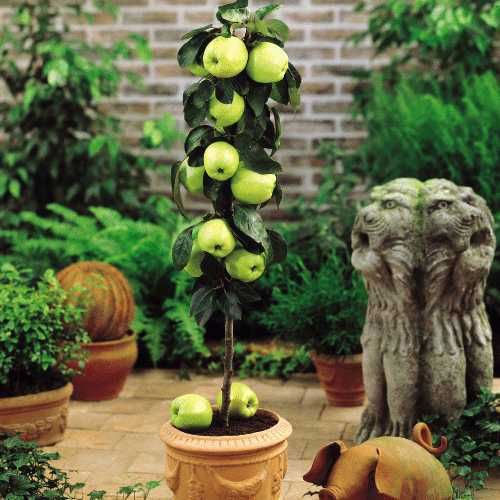Article from : ezinearticle.com
Dwarf Fruit Trees By
Deon Ferdinand Minnie
You are an avid gardener. However, do not have enough space to
live out your passion for gardening. Dwarf trees are the solution. The
dwarf fruit tree is a smaller tree but will still produce regular sized
fruits. Miniature fruit trees are very popular with backyard and balcony
gardeners who want a variety of their favorite fruits. Growing your own
dwarf fruit trees in your backyard or patio is possible with a bit of
effort. Soon a mini orchard will be on the patio.
Dwarf fruit
trees are perfect where you only have a limited amount of outdoor space.
The dwarf fruit trees can actually be left in potted containers. Soon
you will have a large crop of fruit growing right on your patio or
apartment balcony. Delicious fruit will be available in your house for
seasons to come.
First, decide the ideal spot you want to place the tree. Take in consideration the amount of shade and sunlight it will need.
Choose Fruit Tree Varieties.
You
can select from a vast range of trees like apple, peach, cherry. Select
your fruit tree based on the amount of sunlight or shade it needs.
Apple trees require plenty of sunlight with good air circulation. Space
the dwarf fruit trees so it do not get too overcrowded on the patio.
Planting is best done in late autumn. Protect the roots and keep them
moist until they are planted. Reducing the size of the trees can be done
in four ways.
Dwarfing Rootstocks
Branches of fruit trees
are grafted to dwarf rootstocks to produce smaller trees. Their are
several varieties of dwarfing rootstock available which restrict the
tree's growth. For a backyard orchard, you can grow several smaller
trees of your favorite fruit,one large tree with a few different
varieties grafted onto it. Some dwarfing rootstocks are better suited
for dry and poor soil, where other rootstocks will need high quality
soil. Miniature or dwarfing rootstock is not the same across all fruit
varieties. You can produce 3 to four foot high dwarf apples, but a dwarf
cherry tree is still a tree 18 to 20 feet tall.
Your local
nursery should be able to tell you what rootstock their dwarf trees are
grown on. Specialist nurseries will graft the varieties you want, on
suitable rootstocks for your purpose. If you want a apple on a rootstock
for a cordon or espalier, ask your fruit nursery if they can supply you
with a particular variety and rootstock combination best suited for
your soil, and the type of pruning you want to do.
Genetic dwarf fruit trees
Genetic
miniature trees are trees, which are very short with heavy branches.
They are not regular sized trees made smaller and you may not be able to
get your favorite apple or peach variety as a genetic dwarf. These are
most often peaches, nectarines, almonds, apricots and apples, small
enough to grow in pots. Depending where you live, they may need winter
protection.
Controlled pruning
Pruning methods produce fruit
trees of a more manageable size. These trees may be on regular
rootstock. Espaliers, where the tree are grown flat on a set of wires on
a building or between posts, or cordons, where single straight branches
are interwoven to create fence patterns are the two most common types
of controlled pruning. Many miniature fruit trees can be espaliered or
grown as a cordon, which decorate fences, or for growing flat against
the protection of a wall.
Control Dwarf Tree Growth in Pots.
Fruit
trees grown in Pots, with restricted soil and root growth, can be
dwarfed in the same way a bonsai tree is dwarfed, with pruning of the
roots and branches at the correct time of year. By growing the pot grown
varieties on dwarfing rootstocks you can further restrict their size.
Most
trees can be grown in large pots (10 to 15 inches),with the exception
of cherry trees, which need larger pots, up to 18 inches. Fruit in pots
should be grown in fertile soil with 1/3 of the soil mix being perlite
or vermiculite to keep the soil from getting waterlogged. You can use
slow release fertilizer pellets, or feed them every two weeks with a
high potassium liquid feeding. Fruit trees in pots should be repotted
every year or two after leaf fall. When your tree has reached its mature
size, it should be root pruned every other year and replaced back in
it' spot with roughly 20% new soil. Root pruning for this purpose should
remove at least the outer inch of roots.
Article Source: http://EzineArticles.com/7343869
Baca "Expert Dwarf Fruit Trees"
Read more...





















